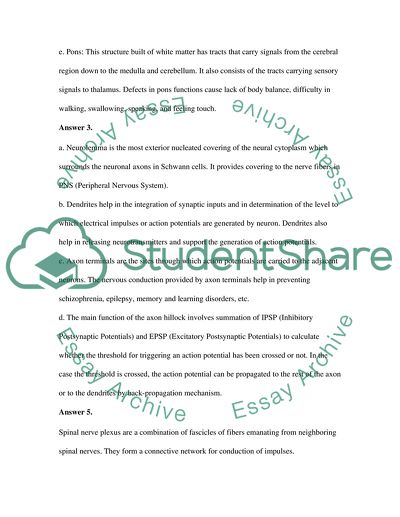Quiz Book Report/Review Example | Topics and Well Written Essays - 250 words - 2. Retrieved from https://studentshare.org/health-sciences-medicine/1603649-quiz
Quiz Book Report/Review Example | Topics and Well Written Essays - 250 Words - 2. https://studentshare.org/health-sciences-medicine/1603649-quiz.


